Tag: Lithics

July 2, 2023
Top sites of 2022, BC edition
Field operations in British columbia 2022 marked Ember Archaeology’s first year of significant field operations in British Columbia. Our BC crews conducted a number of sizable wildfire-related projects for the BC Ministry of Forests over the course of the season, ultimately surveying hundreds of kilometers of constructed fireguards and fuel reduction developments. These were nearly
Keep Reading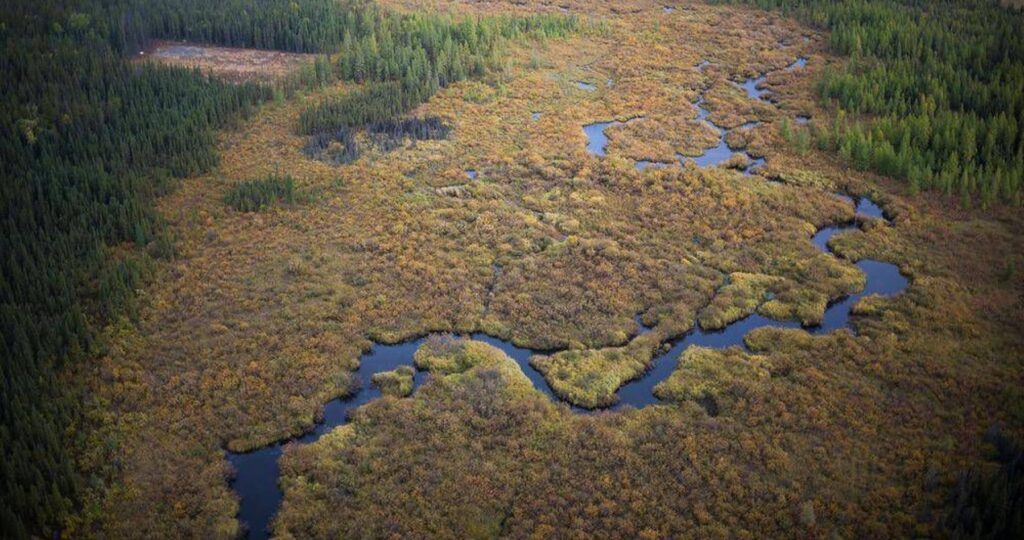
June 1, 2023
The Quarry of the Ancestors
Alberta Oil sands The Alberta oil sands has seen it’s fair share of media attention over the last few decades! Unfortunately, most of it has not been positive… In this blog, we are going to discuss an amazing archaeological discovery from the Alberta oil sands, and how these findings have shaped our knowledge about prehistory
Keep Reading
May 1, 2023
Finding Tertiary hills clinker in alberta
Needle in a haystack Tertiary Hills Clinker is a natural rock that is formed when coal seams burn underground and melt the surrounding sediments. Lightening and forest fires can ignite exposed seams of coal, which burn hot enough to turn clay and sand into a near-glass like material that is suitable to make stone knives,
Keep Reading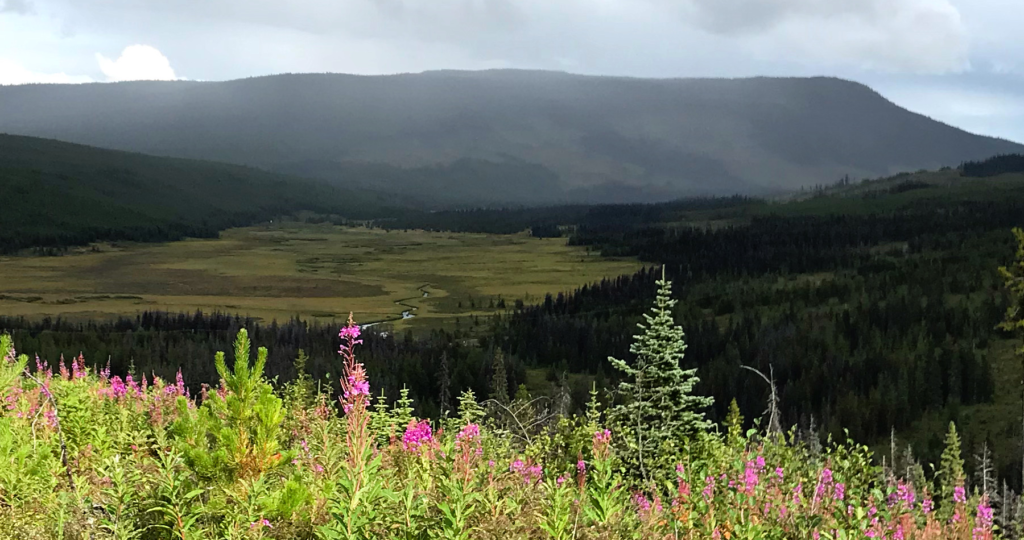
February 3, 2023
Lanceolate Bifaces of The Interior Plateau, BC
Spear Points in the Forest In the summer of 2022, archaeologists Braedy Chapman and Fallon Hardie conducted archaeological impact assessments (AIA’s) on emergency wildfire rehabilitation developments. These developments were constructed to manage the spread and impact of wildfire throughout the Interior Plateau of British Columbia. Long stretches of forest have been scraped or bladed to
Keep Reading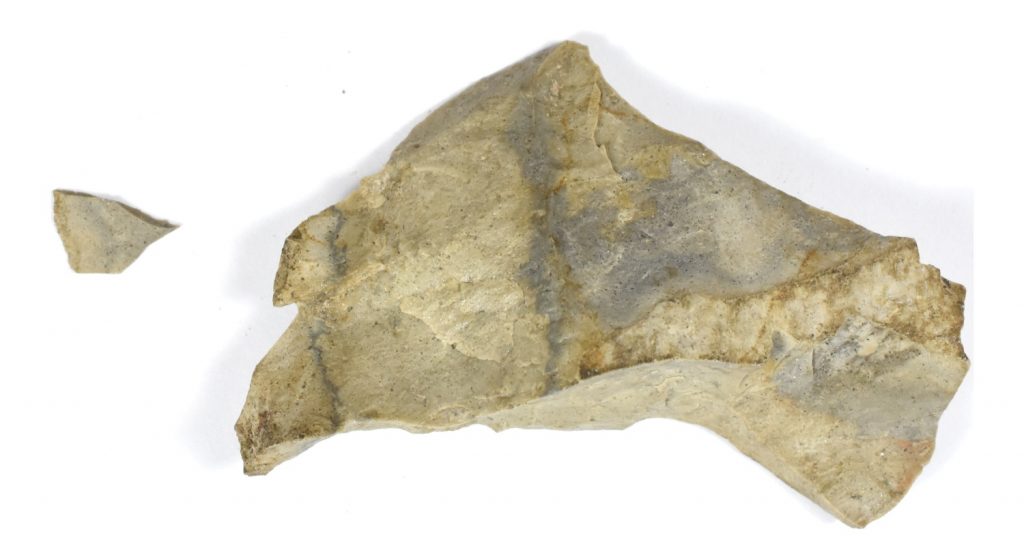
April 21, 2022
Glossary Series – Beaver River Sandstone
Beaver River Sandstone is a stone used for flintknapping that was found in two major quarries near Fort McKay in northern Alberta. It can appear in all shades of grey and brownish grey, with small embedded crystals of medium to dark grey quartz (called “inclusions”). Depending on where it was quarried, it can range from
Keep Reading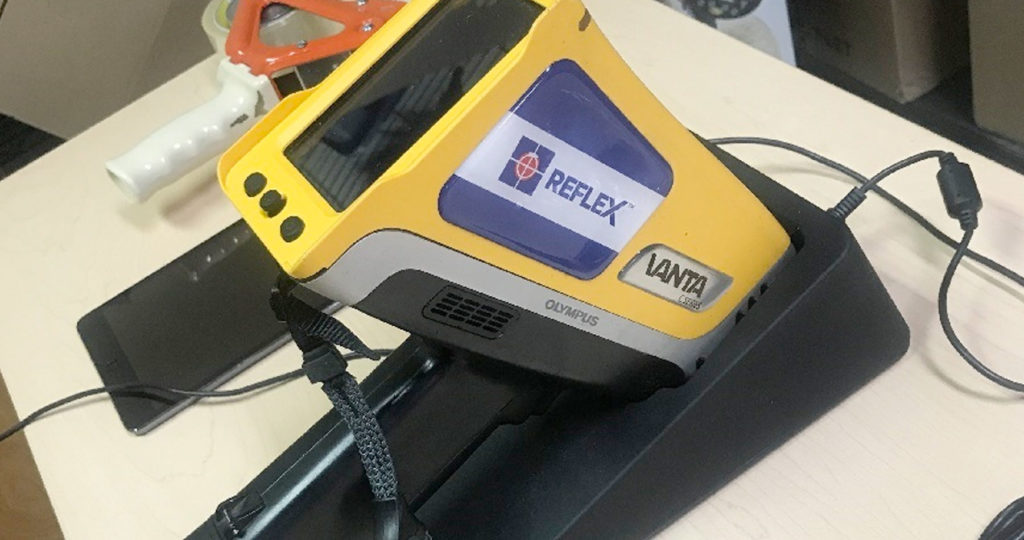
March 19, 2020
Sourcing with pXRF (portable X-Ray Fluorescence)
“Sourcing” is the study of associating artifacts with their geologic origin in order to infer human transport of materials. This field of research has revealed networks of trade and exchange among indigenous peoples in pre-contact times. But how do researchers figure out the actual source? One method is with Portable X-Ray Fluorescence (pXRF) analysis. These
Keep Reading
April 4, 2019
Where does the Obsidian we find come from?
Obsidian is a volcanic glass that was used by pre-European contact people all over North America. Known for its natural sharpness, ancient peoples sought the material for making tools for cutting and slicing. Additionally, it is easier to flintknap than the harder and more readily available materials local to Alberta. As many of our readers
Keep Reading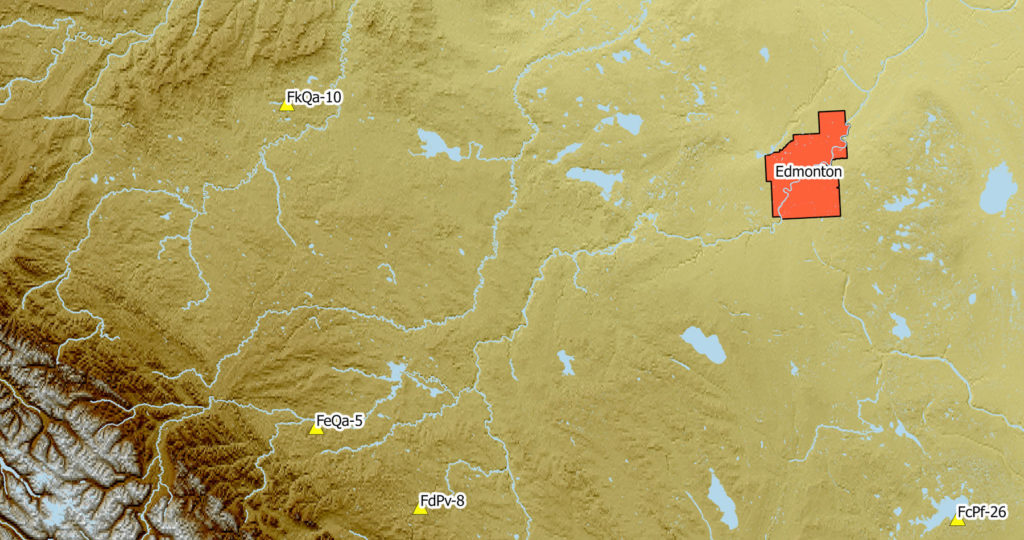
March 25, 2019
Top Ten Sites of 2018!
Now that all the reporting is done, we thought it was a good time to look back on some of the exciting sites we worked on from the past year. We find over 100 sites every year but these sites stand out either because we found interesting artifacts or the site is unique. It doesn’t
Keep Reading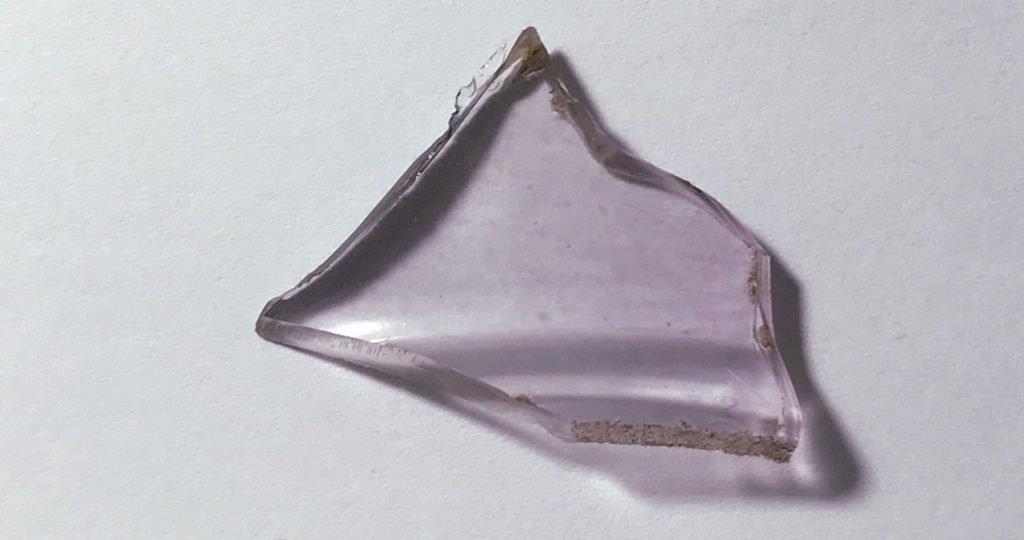
February 11, 2019
Purple Glass = Pre World War I
When we find post-European contact sites in Alberta we find a variety of historic resources including: cabins, ceramics, metal, and glass. The style of each of these can be a good indication of age and, in particular, glass has several features we look for. This includes molds, pontil marks (Figure 2), lip forms (Figure 1),
Keep Reading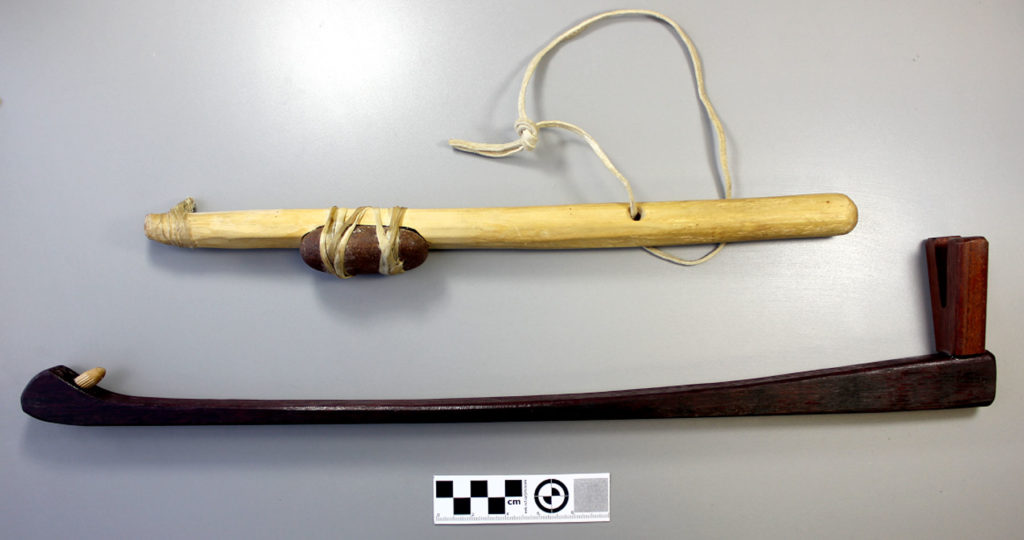
February 6, 2018
Atlatl
An atlatl is a throwing stick with a small hook used to throw darts (projectiles). It allowed the hunter or warrior to create more leverage to increase the speed and distance of the dart. This weapon was used throughout North America including Alberta, approximately between 7,500 and 1,350 B.P.
Keep Reading